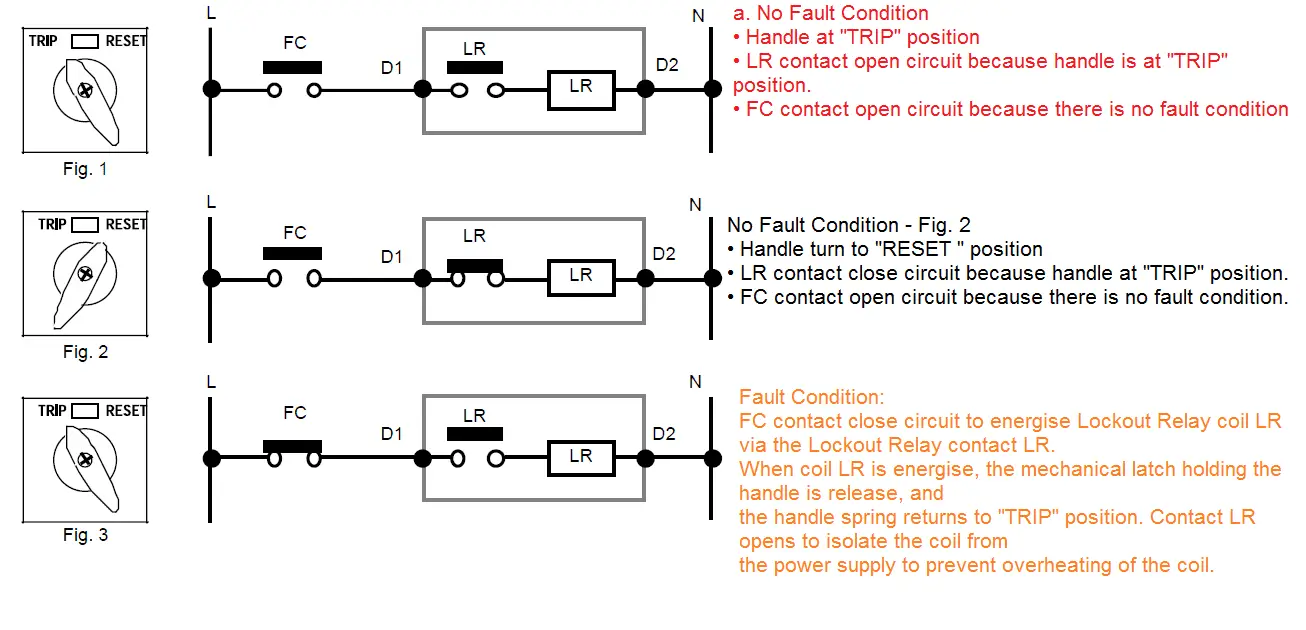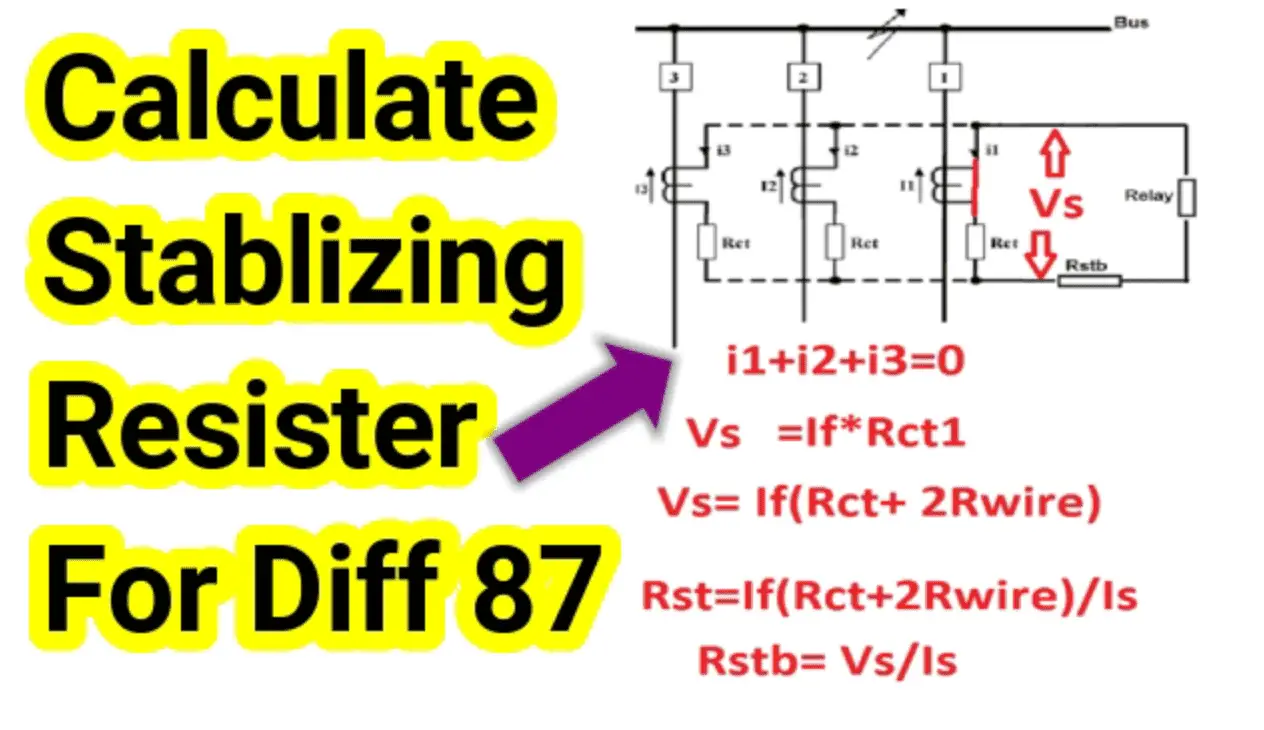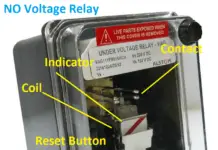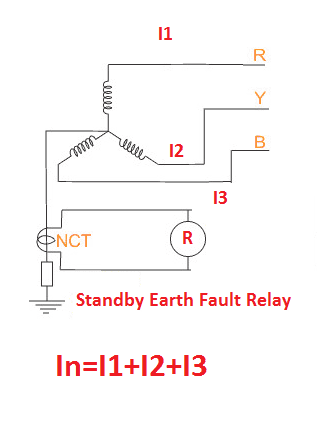Lockout Relay Working Function 86:
Lockout relays are nothing but a manual reset relays, which ensure the fault has been cleared or inspected correctly. Lockout relays are activating multiple contacts at the same time. Best example for lockout relay is synchronous TNC switch and Mater trip relays 86 M, 86 H.
[wp_ad_camp_1]
Lockout Relays are not a fault sensing relays; they are normally connected to the fault sensing contacts (current, voltage and both relays) of the circuit breakers. If a fault should occur, the Lockout Relays ensure that all the critical circuits are isolated and would remain isolated so long as the fault is not cleared.
Two types of Lockout relay:
- Lockout Relay with Manual Release to allow testing of the of the switching system.
- Lockout Relay without manual release. Testing of the switching system can be carried out by energizing the coil.
Typically, lockout relays have two (Master trip relays, Trip circuit supervision relays) or three positions (TNC switches). Let’s take a master trip relay which contains two positions “TRIP – RESET”. Under normal condition, the handle would be turned to “RESET” position and would remain mechanically latched at this position. The Lockout Relay contact LR which is in series with the Lockout Relay coil would be closed at the ‘RESET” position only. The fault contact FC makes only when there is a fault in the circuit.

[wp_ad_camp_1]
When the Lockout Relay coil LR is energies, it would release the mechanical latch holding the handle at ‘RESET” position and the handle would spring return to ‘TRIP” position. So long as FC remains at close contact condition (due to the presence of a fault in the circuit) the handle will not latched at “RESET” position but would always spring return to “TRIP ”
Ref: KRAUS & NAIMER BLUE LINE





![What is Normally Open & What is Normally Closed [Video Included] What is NO and NC](https://electrical4u.net/wp-content/uploads/2020/09/What-is-NO-and-NC-218x150.png)




